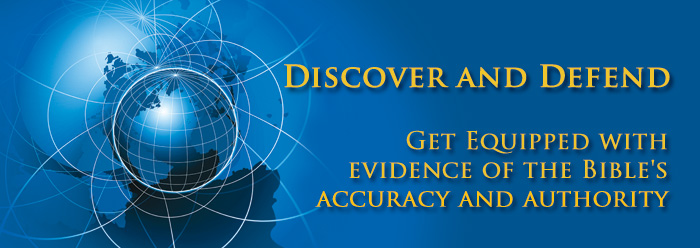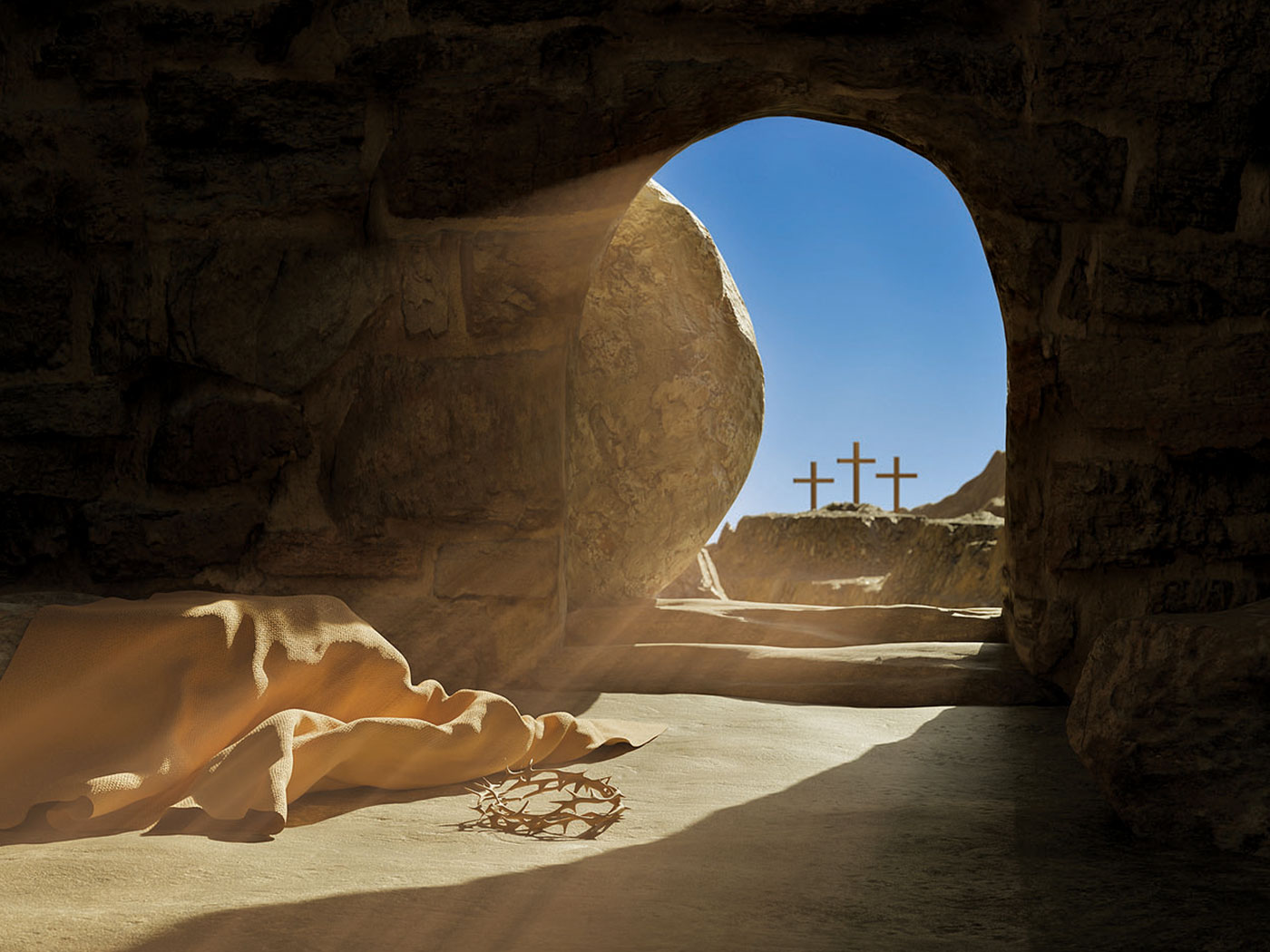Introduction
Ephesians
Introduction to Ephesians
Ephesus was the capital and chief city of the Roman province of Asia, located on the west coast of Asia Minor, almost due east of Athens. So far as the record goes, Paul spent almost three years in Ephesus (Acts 18:18-21; 19), longer than any other place after he started his missionary ministries. A strong church was established there, and Timothy was eventually sent there by Paul as its pastor (I Timothy 1:3). According to the early church fathers, the Apostle John served as senior pastor of the Ephesian church in his later years, while he wrote his five New Testament books. Ephesus was evidently noted as the leading church among “the seven churches which are in Asia” (Revelation 1:11).
With such a long time spent by Paul establishing the church at Ephesus, it is noteworthy that, unlike his other epistles, the book of Ephesians contains no references to any individuals there, nor any references to specific problems or situations in the Ephesian church. The Ephesian epistle thus seems clearly designed for use in any church at all, and the probability is that Paul meant it as a circular letter, to be shared with all the churches in Asia. It may even be the same as the letter to Laodicea mentioned in Colossians 4:16.
It was probably written while Paul was in house arrest in Rome (Acts 28:30). This is implied by the fact that he made several allusions to his imprisonment in this Ephesian epistle (Ephesians 3:1; 4:1; 6:20). It is generally believed that Colossians and Philemon were also written during the same period, and that all three were carried from Paul to the recipients by Tychicus (Ephesians 6:21; Colossians 4:7). See also the Introductions to Colossians and Philemon.
Colossians has many features common to Ephesians, and many believe that Paul wrote them both at the same time—Colossians, first, to a specific church, followed by the longer and more fully developed treatment in Ephesians, with the latter intended for circulation to all the other churches (besides Colosse) in the province of Asia. It was addressed specifically, however, “to the saints which are at Ephesus” (Ephesians 1:1), since the Ephesians seaport was where Tychicus would first land as he came from Rome and also since Ephesus was the capital and most influential city in Asia and had the most active church. Some ancient manuscripts do omit the words “which are at Ephesus” from the salutation, but by far most of the manuscripts do contain them. Paul did add “and to the faithful in Christ Jesus,” thus implying that it was intended to be read by others than only the Ephesian saints.
The ruins at Ephesus are still very impressive. Among its greatest structures was “the temple of the great goddess Diana” (Acts 19:27), which was considered one of the seven wonders of the ancient world. The remains of this temple have been excavated, as have those of the “theater” where the great riot against Paul took place (Acts 19:29-41).
Ephesians is one of the very few Pauline epistles whose authorship is questioned today by some. The book, of course, claims to be written by Paul (Ephesians 1:1; 3:1), and contains so many internal references to Paul’s experiences that it could hardly have been written by anyone else. No one ever questioned this fact until certain nineteenth century liberals decided to argue that some of its vocabulary and concepts were unique, not found in Paul’s other epistles. The vocabulary depends on the theme, of course, and this was one of Paul’s later epistles, so it is hardly surprising that he would—especially in a letter meant for wider circulation—develop some themes in depth that were only sketchily introduced in his earlier letters to specific churches. In any case, there is no objective evidence whatever that Paul was not the author of the epistle to the Ephesians.
Ephesians does, indeed, contain an exalted description of the divine Creator and His sovereign control over the world, as well as a strong affirmation of salvation by grace through faith in Christ. Its great doctrinal expositions of the first half of the book are supplemented by doctrinally based exhortations to godliness in the second half. It also contains a wonderful delineation of the unity of all believers in Christ, whether Jew or Gentile.










